Looking for freestyle skis that match your skills and goals? Here's the deal: shorter skis like Snowfeet* models offer better control, easier tricks, and less hassle compared to longer skis. Whether you're a beginner or a pro, these compact options are perfect for terrain parks, powder, or even backyard fun. Plus, they’re portable and work with regular boots - no need for extra gear.
Key Takeaways:
- Shorter skis = more agility: Ideal for tricks, spins, and tight spaces.
- Beginner-friendly: Quick learning curve with models starting at $150.
- Versatile terrain options: From parks to powder, Snowfeet* has you covered.
- No special boots required: Use your winter shoes or snowboard boots.
- Budget-friendly: Prices range from $150 to $690 - way less than most ski setups.
Want something lightweight, easy to transport, and fun? Snowfeet* might just change how you hit the slopes. Let’s dive into the details!
Freestyle Skiing Basics and Different Styles
What is Freestyle Skiing?
Freestyle skiing is all about creativity, tricks, and pushing boundaries on the slopes. Instead of sticking to groomed trails and perfect turns, this style thrives on jumps, spins, rail slides, and finding unique ways to navigate the mountain. It's like turning skiing into an art form - where every move reflects your personality and skill.
Unlike alpine skiing, which prioritizes speed and precision on marked runs, freestyle skiing encourages experimentation and flair. One moment, you’re hitting a jump in the terrain park; the next, you’re weaving through trees or tackling moguls. The focus is on innovation and personal expression, not following a set path.
Traditional ski brands like Rossignol, K2, and Salomon have long been known for their stable, long skis built for speed. But freestyle skiing flips the script, demanding shorter, more playful gear that prioritizes agility and quick reactions.
How Your Skiing Style Affects Ski Choice
Your go-to terrain on the mountain plays a huge role in choosing the right skis. If you’re into park skiing, you’ll need equipment that can handle rails, boxes, and jumps while making spins and tricks feel effortless. All-mountain freestyle skiers, on the other hand, need versatile gear that performs well on groomed trails, powder, and natural features. For backcountry freestyle, the focus shifts to durability and handling unpredictable snow - all while leaving room for creativity.
Long skis might give you stability, but they can be a pain for quick moves. If you’re trying to pull off a 360° spin or weave through moguls, extra length can really hold you back. Factors like ski length, flex, width, and binding position all play a part in how your skis perform. For beginners, shorter skis - about 10–15 cm below your height - are a game-changer. They make learning tricks easier, turns less exhausting, and help build confidence by responding predictably to your movements.
This is where compact and agile gear, like Snowfeet* short skis, comes into play.
Why Snowfeet* Short Skis Work Better for Freestyle

Snowfeet* short skis are designed with freestyle skiers in mind, delivering the quick responsiveness you need for tight spaces, moguls, and terrain park tricks. Their compact size makes sharp turns, quick pivots, and creative maneuvers way easier. Whether you're navigating a mogul field, zipping through trees, or gearing up for a jump, Snowfeet* gives you the control and playfulness you want.
Take models like the 44 cm Skiskates or 65 cm Skiblades - they offer agility that traditional long skis just can’t match. Here’s how they stack up:
| Snowfeet* Advantage | Traditional Long Skis | Freestyle Impact |
|---|---|---|
| Quick 360° spins | Slower rotation initiation | Easier trick progression |
| Instant edge transitions | Delayed response | Better control on rails/boxes |
| Lightweight feel | Heavy and cumbersome | Less fatigue, more attempts |
| Compact portability | Bulky transport | Access to more terrain |
With their lightweight design, Snowfeet* short skis let you focus on your tricks instead of wrestling with your gear. They feel like an extension of your body, making it easier to pull off dynamic moves, ride rails, or explore natural features. This approach shifts away from the traditional emphasis on length and stability, embracing the idea that modern freestyle skiing thrives on compact, agile equipment that matches the demands of today’s skiers.
Freestyle Skiing for Beginners | How to Ski in the Park
What to Look for When Buying Freestyle Skis
Picking the right freestyle skis isn’t just about grabbing the first pair you see. Freestyle skiing is all about agility, so you’ll need gear that’s quick, responsive, and matches your style. Let’s break down the key factors: ski length, terrain compatibility, your skill level, and binding options. These features can make or break your experience on the slopes.
Ski Length: Short vs. Long Skis
When it comes to freestyle skiing, shorter skis are the way to go. They’re more responsive and let you pull off tricks with ease. Unlike traditional skis, which typically range from 160–180 cm, freestyle options like Snowfeet* come in lengths from 38 cm to 120 cm. That’s a whole new level of versatility!
Here’s a quick breakdown of how different lengths perform in freestyle skiing:
| Length Range | Snowfeet* Models | Best For | Maneuverability |
|---|---|---|---|
| 38–50 cm | Mini Ski Skates (38 cm, from $150); PRO (50 cm, $199); Skiskates (44 cm, from $390) | Tricks, tight spaces, beginners | Super responsive |
| 65–99 cm | Skiblades (65 cm, from $450); POWDER (99 cm, from $490) | Park skiing, all-mountain freestyle | Smooth spins, quick turns |
| 120 cm | Short Skis (120 cm, $690) | Advanced freestyle, powder | A balance of agility and stability |
| 160+ cm | Traditional skis | Racing, high-speed carving | Slower to react |
Shorter skis, like the Snowfeet* Skiskates (44 cm), are perfect for tight spaces and tricks like 360° spins. At $390, they’re a budget-friendly option compared to many traditional setups. If you’re looking for something versatile, the 65 cm Skiblades ($450) strike a great balance - they’re short enough for freestyle moves but stable enough for all-mountain rides.
Matching Skis to Your Terrain
Freestyle skiing isn’t one-size-fits-all. The terrain you’re tackling plays a huge role in what skis you should choose. Here’s where Snowfeet* models shine:
- Terrain parks: Shorter skis, like the 44 cm models, are perfect for rails, boxes, and jumps. Their compact size makes catching an edge less likely.
- All-mountain freestyle: The 65–99 cm range is your go-to for groomed runs, moguls, and natural features. The Snowfeet* POWDER 99 cm ($490) is a standout for its ability to handle powder with ease.
- Urban skiing and backyards: Want to hit hiking trails, small hills, or even urban features? Compact options like the Mini Ski Skates make it possible where traditional skis can’t go.
Skill Level and Learning Curve
Your skill level is another big factor. Freestyle skiing with traditional skis often takes weeks of practice to get the hang of basic tricks. But with Snowfeet*, the lightweight design and quick responsiveness let beginners start landing moves in just a few days.
- Beginners: The Snowfeet* Mini Ski Skates (38 cm, from $150) are ideal. They’re easy to handle and perfect for learning.
- Intermediates: The 65 cm Skiblades are a great step up, offering more versatility.
- Advanced skiers: The full Snowfeet* lineup opens up endless possibilities for new tricks and techniques.
Even seasoned skiers find that shorter skis inspire a whole new approach to freestyle moves.
Boot and Binding Options
Here’s where Snowfeet* really stands out: no need for specialized ski boots or bindings. You can use regular winter shoes, snowboard boots, or even ski boots if you prefer. This flexibility means you can hit the slopes without spending extra on gear.
- Regular winter shoes: Dive into freestyle skiing with the boots you already own.
- Snowboard boots: If you’re a snowboarder, your current boots will work seamlessly with Snowfeet* bindings.
- Ski boots: Prefer ski boots? They’re fully compatible, but not required.
Take the Snowfeet* PRO 50 cm model, for example. At $199, it comes with adjustable bindings that fit multiple boot types, making it one of the most versatile options out there. Whether you’re a beginner or a seasoned pro, this kind of flexibility makes freestyle skiing more accessible than ever.
Snowfeet* vs Traditional Skis and Snowboards
When it comes to freestyle skiing, traditional gear leans heavily on length, but Snowfeet* flips the script. These compact ski-skates show that smaller can be better, offering a level of freedom and versatility that longer skis and snowboards just can't match. Let’s break down how Snowfeet* stacks up against the usual suspects in winter sports gear.
Why Snowfeet* Stands Out
Snowfeet* isn’t just another piece of winter equipment - it’s a whole new way to enjoy the snow. While brands like Rossignol, K2, and Burton stick to tried-and-true designs, Snowfeet* is blazing a trail with skiskating, a sport so unique it’s aiming for Olympic recognition.
One of the biggest perks? Portability. Traditional freestyle skis, which are typically 160–180 cm long, can be a hassle to store and transport - they often need a roof rack or special storage space. Snowfeet*, on the other hand, offers mini ski skates as short as 38 cm. These are so compact they can fit in your backpack, making them perfect for spontaneous adventures on hiking trails, local hills, or even city streets.
Another win for Snowfeet* is the ease of learning. Traditional setups often take time and patience to master, but Snowfeet* products are designed for quick pick-up, so you can start having fun right away.
And then there’s the boot compatibility. Traditional skis and snowboards require specific boots and bindings, which can be a costly addition. Snowfeet* keeps things simple - use them with your winter shoes, snowboard boots, or even ski boots. No need to spend extra on specialized gear.
When it comes to terrain options, Snowfeet* shines again. Long skis and snowboards are typically optimized for groomed slopes, but Snowfeet* products handle a variety of conditions. For example, the Snowfeet* POWDER (99 cm) is built for powder and costs $490, offering great performance in deep snow.
Here’s a quick comparison to see how Snowfeet* measures up.
Side-by-Side Comparison: Snowfeet* vs Traditional Gear
| Feature | Snowfeet* Products | Traditional Freestyle Skis | Traditional Snowboards |
|---|---|---|---|
| Portability | Compact sizes (38–120 cm) that fit in a backpack | Typically around 160–180 cm, often requiring a roof rack | Typically around 150–165 cm, often requiring a roof rack |
| Learning Curve | Designed for quick mastery | Generally steeper learning curve | Often more challenging initially |
| Boot Requirements | Compatible with any winter footwear | Requires specialized boots and bindings | Requires specialized boots and bindings |
| Terrain Versatility | Suitable for slopes, parks, trails, and backyards | Primarily designed for groomed slopes | Primarily designed for groomed slopes |
| Storage/Transport | Easily storable in a closet, car trunk, or backpack | Often needs dedicated storage or ski racks | Often needs dedicated storage or ski racks |
| Trick Progression | Instant response | Slower responsiveness | Moderate responsiveness |
| Price Range | $150–$690 for a complete setup | Generally higher overall | Generally higher overall |
Traditional gear often comes with a hefty price tag, especially when you factor in skis, bindings, and boots. Snowfeet* offers a more wallet-friendly alternative. For instance, the Snowfeet* Skiskates (44 cm) cost about $390 and include everything you need - just bring your own boots.
But it’s not just about saving money. Snowfeet* opens up possibilities that traditional gear can’t. Forget being tied to groomed slopes and resorts - these mini skis are perfect for backyards, hiking trails, and even urban adventures. Their quick responsiveness makes spins, sharp turns, and transitions feel smooth and natural.
And don’t worry about snow conditions. Whether you’re dealing with light powder, crusty snow, or thin coverage, Snowfeet* Mini Ski Skates (38 cm) deliver reliable performance. At around $150, they’re a budget-friendly way to enjoy freestyle skiing with better control and agility. Safe to say, Snowfeet* is changing the game for freestyle enthusiasts.
sbb-itb-17ade95
Which Snowfeet* Model Fits Your Freestyle Style
Snowfeet* has built a reputation for creating lightweight, portable gear that’s perfect for freestyle skiing. Whether you’re a beginner or an advanced skier, their models are designed to match your style and skill level. Let’s break down the options so you can find the perfect fit.
Snowfeet* Model Breakdown
-
Snowfeet Mini Ski Skates (38 cm) – $150
These are great for beginners looking to try skiskating for the first time. Compact and lightweight, they’re easy to carry in a backpack and perfect for gliding down small hills or snowy trails. If you’re just starting out, these are a fun, affordable way to get comfortable on the snow. -
Snowfeet PRO (50 cm) – $199
A step up from the Mini Ski Skates, this model offers adjustable bindings and comes in multiple colors. It’s designed for better stability and performance, making it a solid choice for riders who are gaining confidence and looking to push their skills further. -
Skiskates (44 cm) – $390
Built for downhill skiing and tricks in the snowpark, these feature a sturdy wood core for extra durability and grip. They’re ideal for intermediate skiers who want to take on steeper slopes and experiment with more advanced moves. -
Skiblades (65 cm) – $450
These are designed for carving and freestyle action. Their slightly longer length provides better edge control for sharp turns and aggressive maneuvers, all while maintaining that quick, responsive feel Snowfeet* is known for. -
Snowfeet POWDER (99 cm) and Skiblades (99 cm) – $490
The POWDER model excels in deep snow, while the 99 cm Skiblades are versatile enough for a mix of terrains. These are geared toward advanced riders who need reliable performance in varied conditions. -
Snowfeet Short Skis (120 cm) – $690
The longest option in the lineup, these are for skiers who want high performance without sacrificing the agility of shorter skis. They’re perfect for those who want the best of both worlds - speed and control.
Picking the Right Model for Your Level
- Beginners: The Mini Ski Skates (38 cm) or Snowfeet PRO (50 cm) are excellent starting points. They’re easy to handle, making quick turns and safe stops a breeze.
- Intermediate Riders: If you’re ready to tackle steeper runs or try some snowpark tricks, the Skiskates (44 cm) or Skiblades (65 cm) are great choices. The Skiskates offer extra sturdiness, while the Skiblades provide better edge control for carving.
- Advanced Skiers: For powder or challenging terrain, the 99 cm models are your go-to. They offer the versatility and performance needed for serious skiing while keeping that responsive feel.
All Snowfeet* models share some standout features: metal edges for grip, built-in heel brakes for speed control, and a compact design that makes learning easier and turns sharper.
Price and Value Comparison
Traditional freestyle ski setups can set you back $800 to $1,200, especially when you factor in the cost of skis, bindings, and boots. Snowfeet* offers a budget-friendly alternative, starting at just $150 for the Mini Ski Skates and maxing out at $690 for the top-tier Short Skis. Plus, you don’t need specialized boots or bindings - just strap them on and you’re good to go.
Snowfeet* makes skiing accessible, whether you’re hitting local hills, snowy hiking trails, or even your backyard. Many users find they can enjoy their Snowfeet* gear right out of the box - no years of practice required. For skiers in the U.S. who are tired of the high costs and hassle of traditional gear, Snowfeet* offers a simpler, more affordable way to enjoy the slopes.
Buying Tips and Care Instructions
Get the most out of your Snowfeet* by picking the right size, maintaining your gear, and understanding local ski conditions.
How to Choose the Right Size
One of the coolest things about Snowfeet* is how simple the sizing is. Unlike regular skis that need you to calculate based on height, weight, and skill level, Snowfeet* keeps it straightforward.
"The size is the same for everybody, both adults and kids." - Snowfeet Team
Instead of worrying about complex measurements, you just choose your model based on how you want to ride. For beginners looking for stability, the 120 cm Short Skis are a great choice. If you want sharp carving turns, go for the 99 cm Skiblades. And if you’re into mixing skiing with skating, check out the shorter models like the 65 cm Skiblades or skiskates, available in 38 cm, 44 cm, and 50 cm lengths.
The only real adjustment you’ll need to make is ensuring your bindings fit your boots. Snowfeet* products work with shoe sizes 6–13 US (38–47 EU), while skiskates with ski boot bindings fit sizes 4.5–14.5 US (36–49 EU). Adjusting the bindings is easy - just grab a screwdriver, and you’re good to go.
Once you’ve got the right fit, keeping your gear in great shape is the next step.
Accessories and Maintenance You'll Need
To keep your Snowfeet* performing at their best, a little upkeep goes a long way. Here’s what you’ll need:
- Wax your skis regularly: This helps with speed and prevents snow from sticking, especially on fiberglass-reinforced polyamide models.
- Sharpen the edges: Use an edge sharpening stone to keep the metal edges in tip-top shape, which is super important for icy or hard-packed snow.
- Have extra straps handy: If you’re using larger snowboard boots, it’s a good idea to carry replacement straps in case one breaks.
After each use, dry off the metal edges and give them a quick wipe with oil before storing to prevent rust. These small steps can make a big difference in how long your gear lasts.
Now that your Snowfeet* is ready to roll, let’s talk about making the most of them on U.S. slopes.
Tips for US Skiers
If you’re skiing in the U.S., it’s worth checking ahead with resorts to see if they have any specific rules about short skis or skiskates. Some places might have policies you’ll want to know about before you head out.
Snowfeet* is built to handle a variety of North American conditions. The metal edges are perfect for gripping icy slopes, which are common in East Coast resorts, while the shorter length makes it easier to maneuver through crowded areas. For powder-heavy destinations like Colorado, Utah, or the Pacific Northwest, the 99 cm POWDER model is your best bet for deeper snow.
When it comes to footwear, snowboard boots are a solid option for resort skiing. They’re comfy and give you the flexibility you’ll need for tricks. If you’re venturing into backcountry terrain or hiking trails, opt for winter shoes with strong ankle support.
Another perk? Snowfeet* is super travel-friendly. Unlike traditional skis that require bulky roof racks or oversized luggage fees, most Snowfeet* models fit right in your car trunk or can be packed as regular checked luggage when flying. Perfect for road trips or quick getaways!
Conclusion: Get Better Freestyle Performance with Snowfeet*
Picking the right freestyle skis doesn’t have to be complicated. While most traditional brands stick to longer, heavier gear, Snowfeet* is shaking things up with a simple idea: shorter skis mean more fun, better control, and a quicker learning curve.
Snowfeet* takes this concept further by eliminating the hassle of sizing based on personal measurements. Whether you’re nailing your first 360 or mastering rail slides, the 65 cm and 99 cm Skiblades offer the kind of agility and precision that traditional skis just can’t compete with. And if you’re looking for something even more compact, the 38 cm Mini Ski Skates are perfect for easy maneuverability and rapid skill-building.
Another win? The price. Snowfeet* gear ranges from $150 to $690, making it a much more budget-friendly choice compared to traditional setups that can easily surpass $1,000 once you factor in extra gear. Plus, their compact size means they’re a breeze to transport - just toss them in your car trunk, and you’re good to go.
What really sets Snowfeet* apart is its bold vision. Founders Zbynek and Michael aren’t just creating gear - they’re challenging the norms of skiing. Their dream of bringing skiskating to the Olympic Games shows just how serious they are about pushing the boundaries of winter sports. It’s not about following the crowd; it’s about leading a movement that prioritizes fun and accessibility for everyone.
Ready to start your freestyle adventure? Whether you’re eyeing the 38 cm Mini Ski Skates for casual backyard fun or the 120 cm Short Skis for all-mountain versatility, Snowfeet* offers gear designed to grow with your skills. While traditional brands stick to longer skis, Snowfeet* proves that smaller, smarter designs deliver unmatched agility. This fresh approach is shaping the future of freestyle skiing.
So, why wait? Dive into the Snowfeet* collection and join the thousands already redefining what winter sports can be.
FAQs
What makes Snowfeet* short skis a better choice for freestyle skiing compared to traditional long skis?
Snowfeet* short skis bring a whole new level of excitement to freestyle skiing. Thanks to their compact and lightweight design, they’re perfect for pulling off tricks, nailing jumps, and making sharp, quick turns - especially in terrain parks. Unlike traditional long skis, which can sometimes feel clunky and harder to control, these short skis offer a more playful, responsive ride that’s all about fun and agility.
What’s great is that they work for everyone - whether you’re just starting out or you’ve been skiing for years. The shorter length helps boost confidence and makes falls less intimidating, which is a big win for beginners. For seasoned skiers, they’re a fantastic tool for refining freestyle techniques. Snowfeet* short skis make skiing safer, more versatile, and way more enjoyable, especially if you’re into modern freestyle adventures.
What’s the best Snowfeet* model for my skill level and favorite terrain?
Choosing the right Snowfeet* model comes down to your skill level and the kind of terrain you love. If you're just starting out, go for the shorter, lighter models like the Snowfeet Skiblades* (available in 65 cm, 99 cm, and 120 cm) or the Skiskates (44 cm). These are super easy to control, forgiving, and perfect for gaining confidence while having fun on the slopes.
If you're more experienced, the shorter Snowfeet designs are still a blast, especially for freestyle tricks, jumps, or hitting the park. Their compact size makes them incredibly easy to maneuver, giving you the edge for quick turns and stylish moves. Whether you’re a beginner or a pro, Snowfeet* has something to match your vibe and keep things exciting on the mountain.
Can I use regular winter boots with Snowfeet* products, and how do they compare to ski boots?
Yes, you can pair Snowfeet* products with your regular winter boots or even snowboard boots, which makes them super convenient and easy to use. Unlike traditional ski boots that can feel bulky, stiff, and awkward to walk in, Snowfeet* are designed to work with lightweight, flexible footwear. This means you can dive into freestyle skiing or just enjoy casual snow fun without needing specialized boots.
Snowfeet* focus on comfort and flexibility, giving skiers more freedom to move. Whether you're tackling tricks and jumps or simply enjoying a day in the snow, they offer a fun, hassle-free alternative to the traditional ski setup.







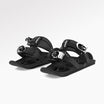

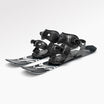
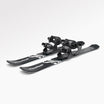

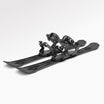

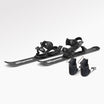






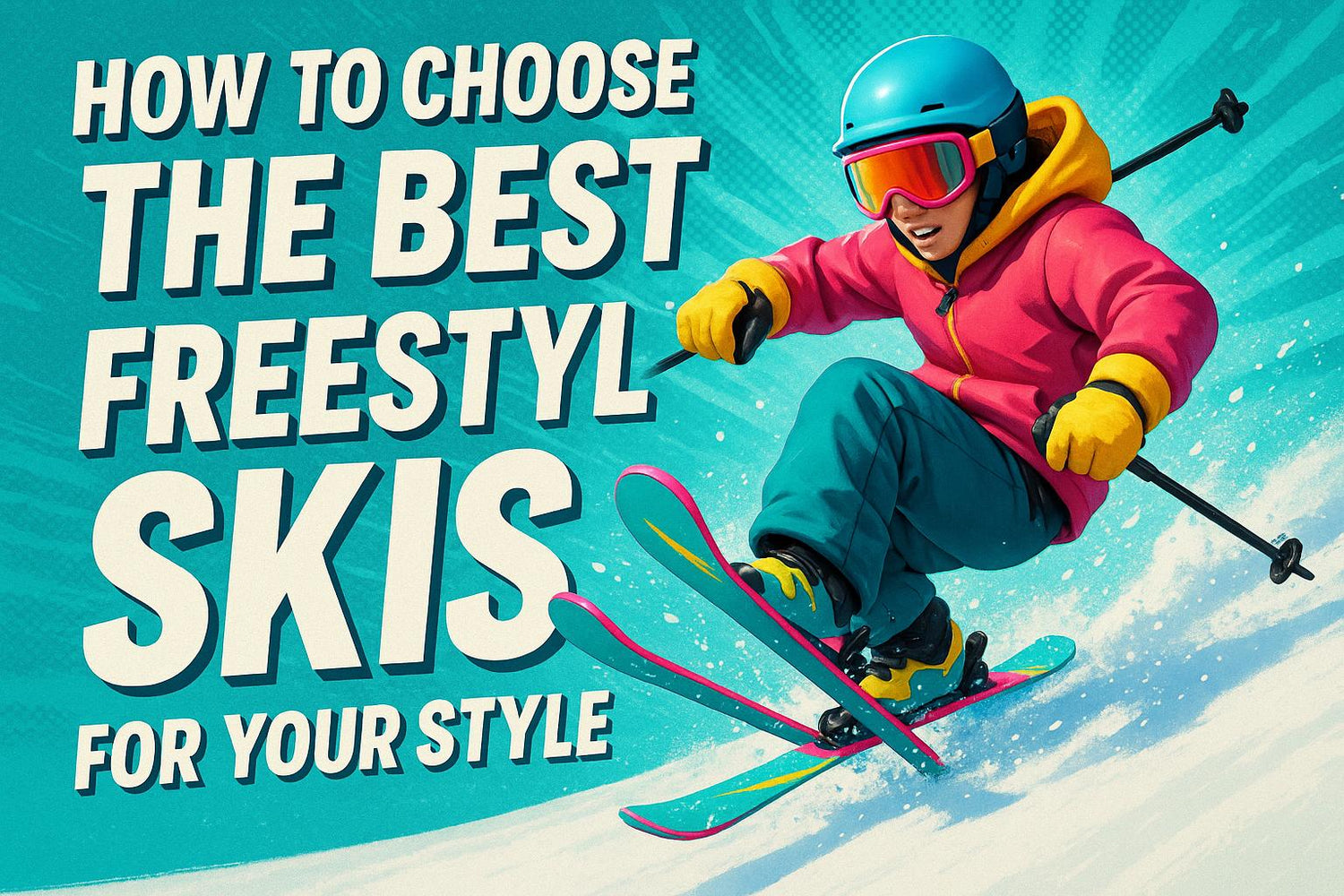
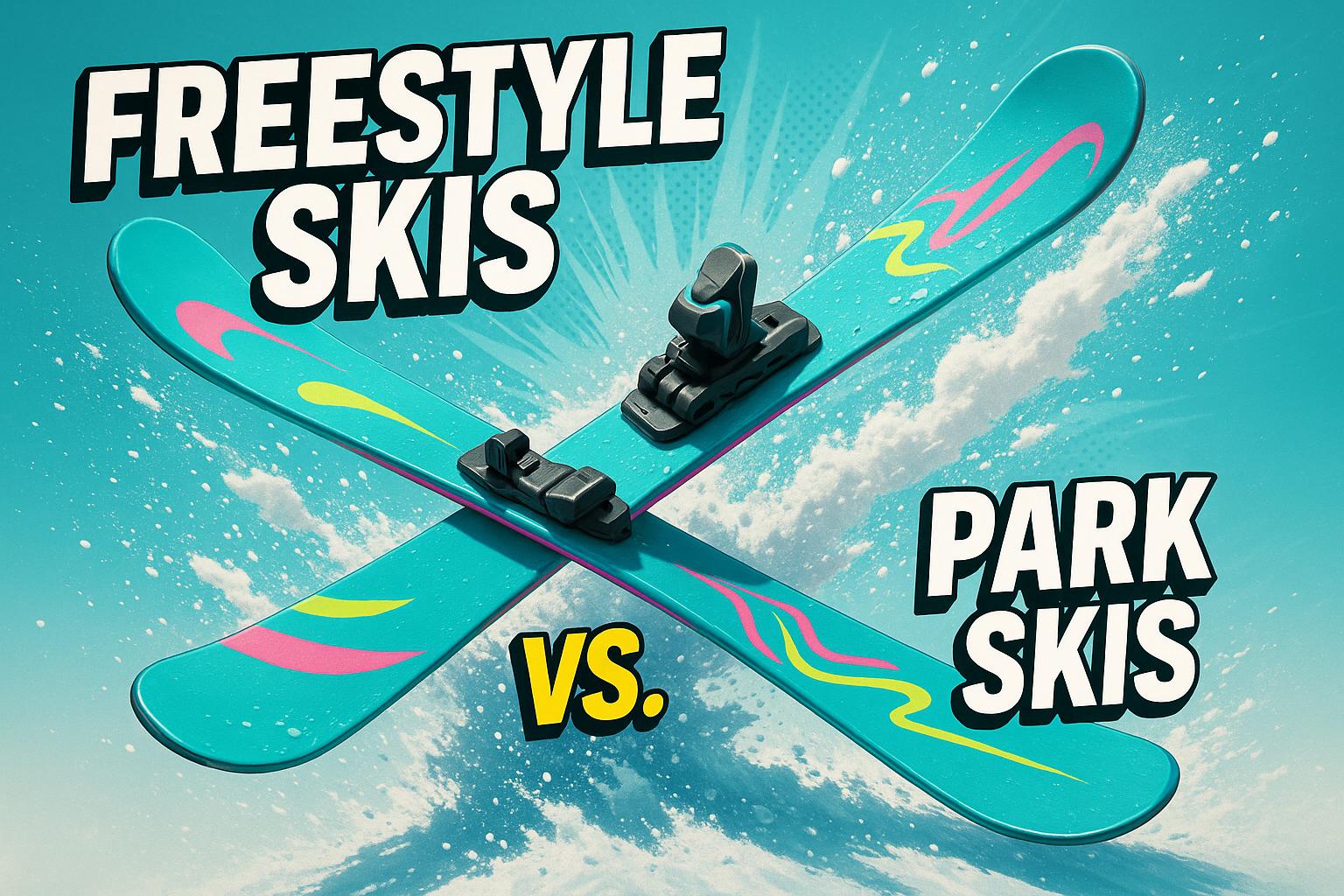
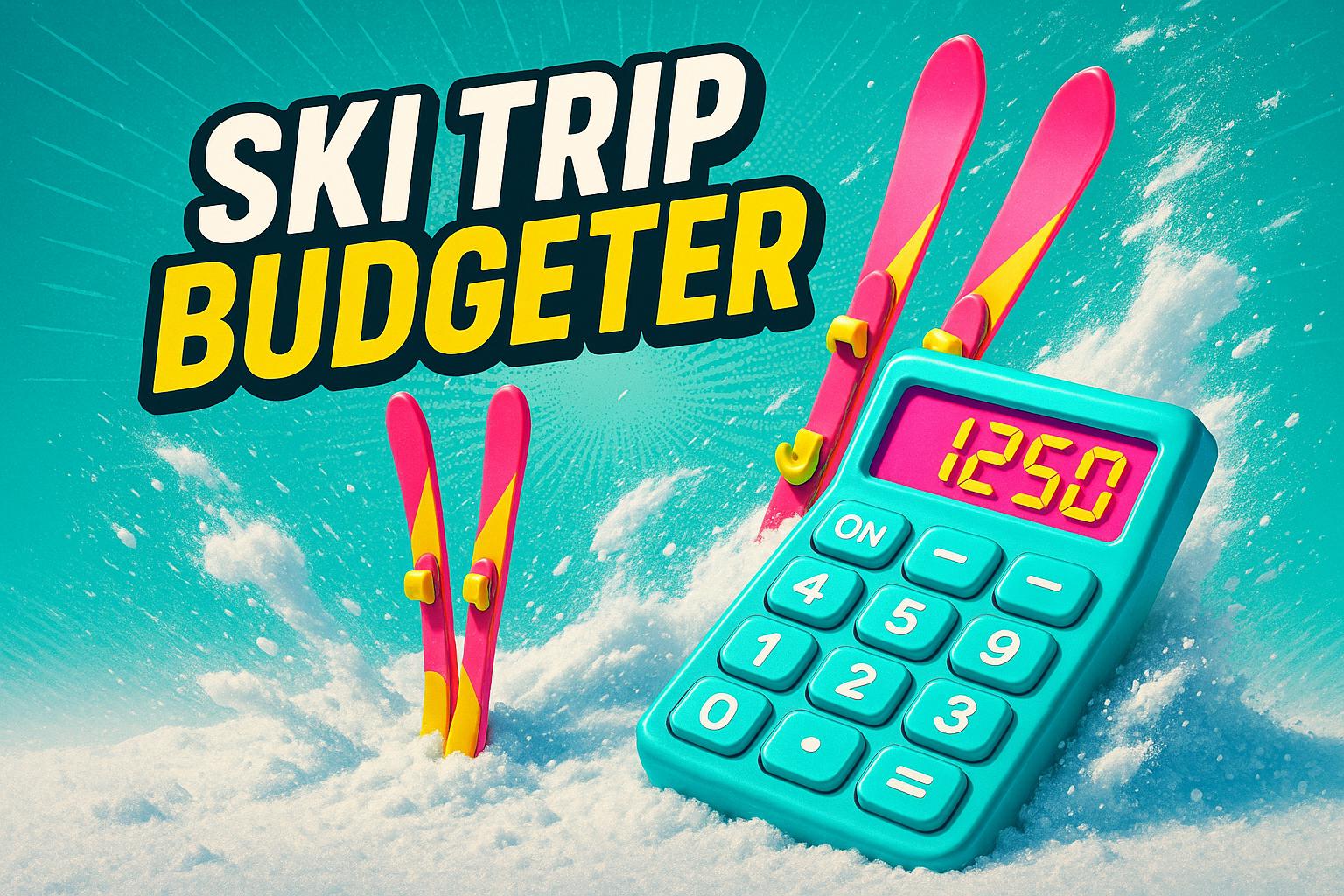

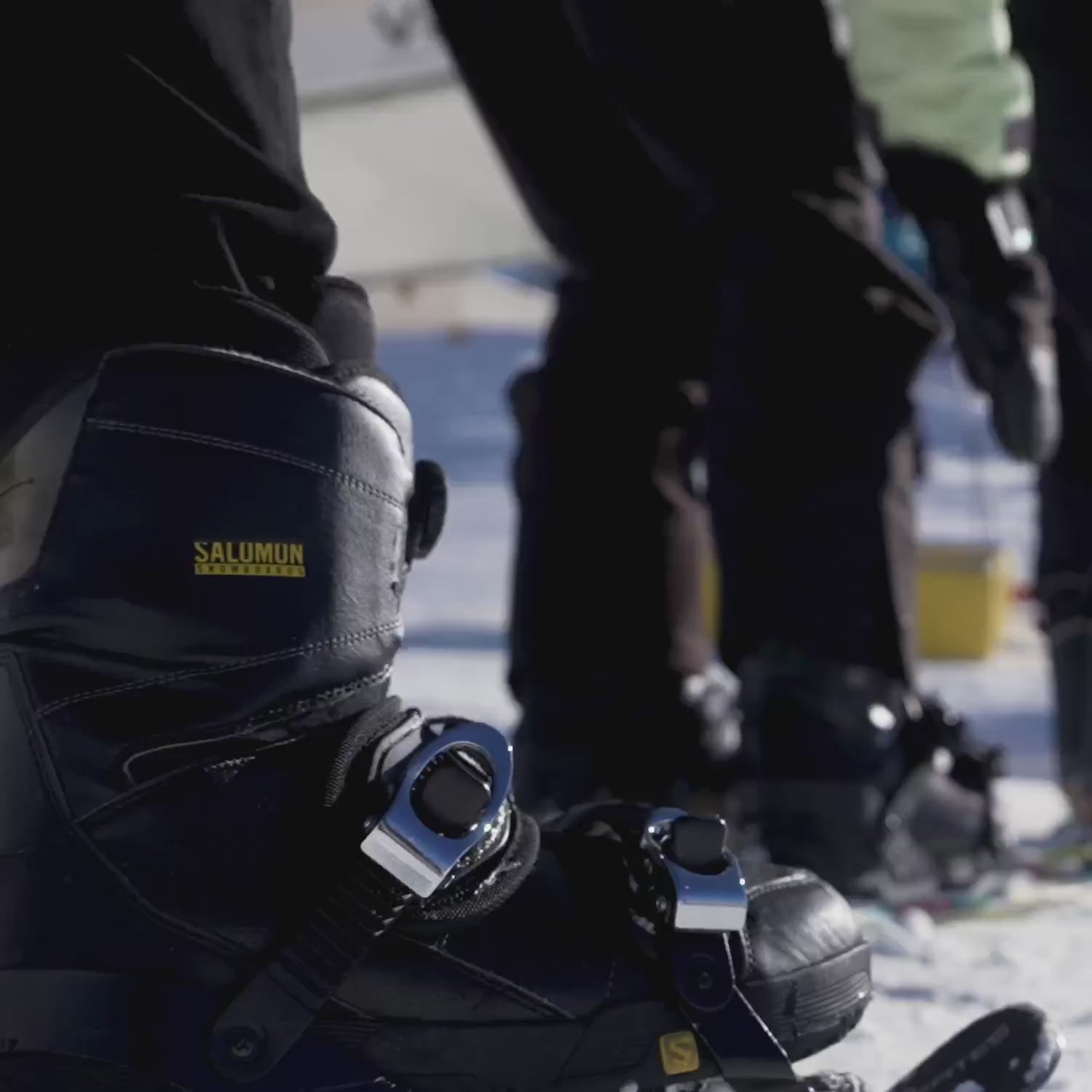

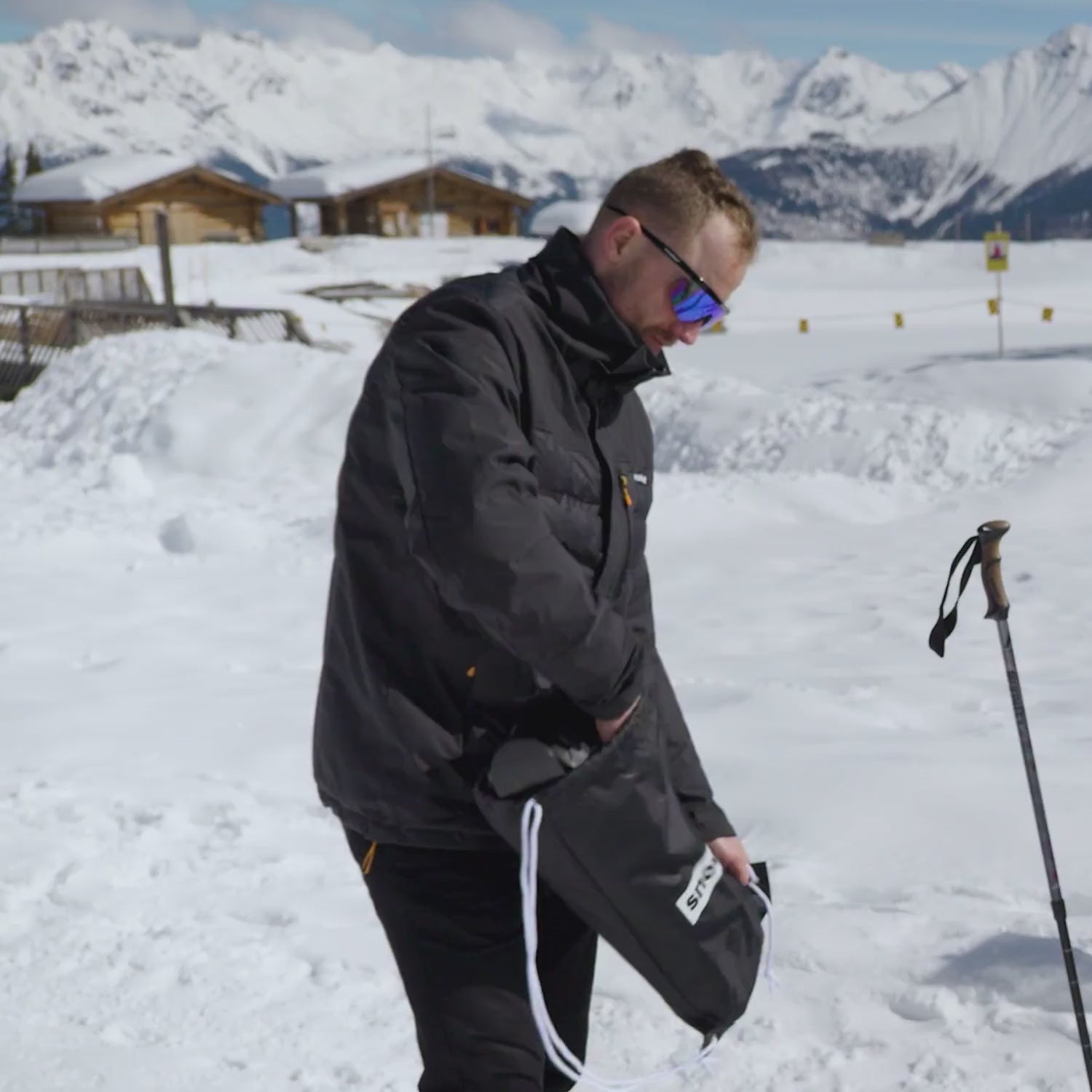
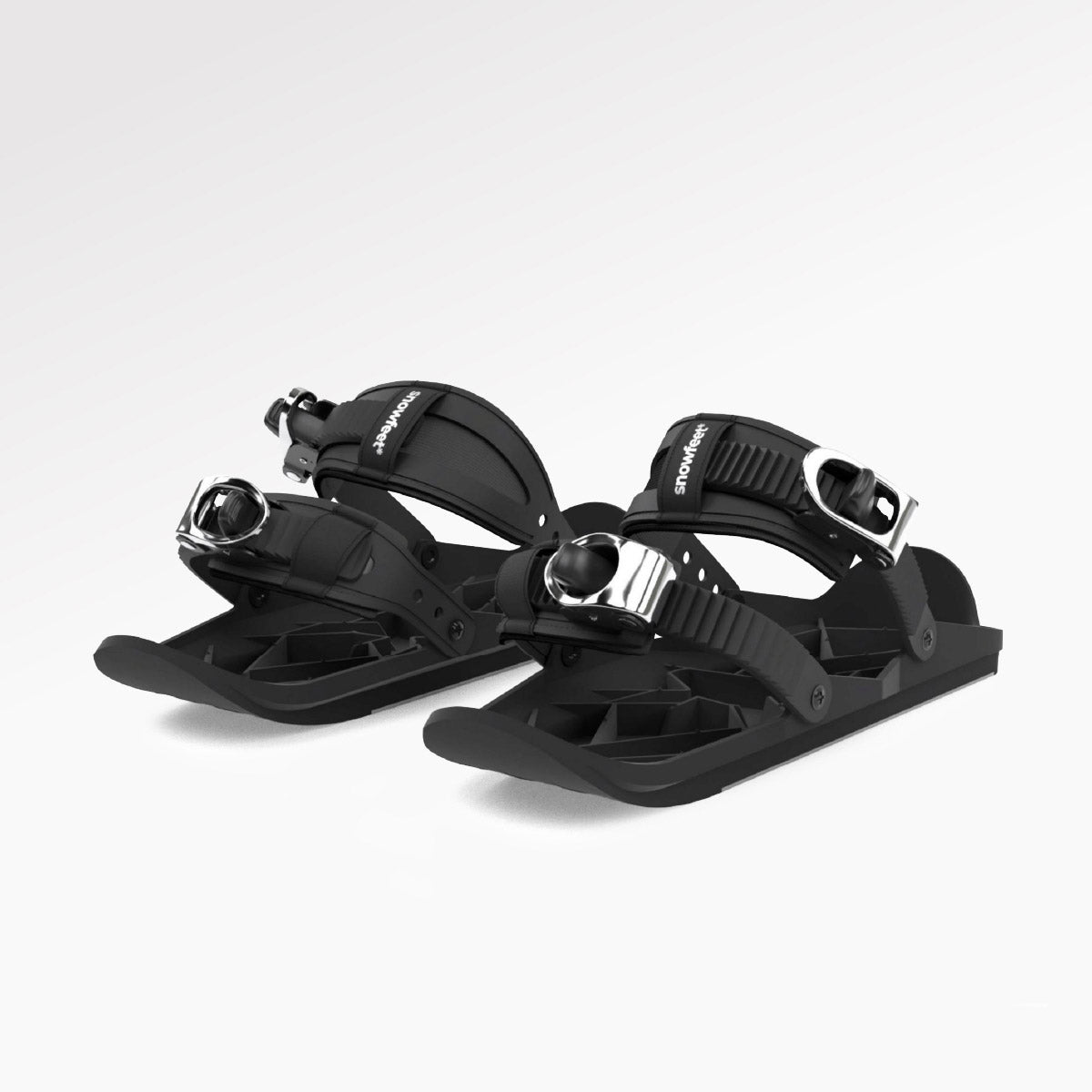
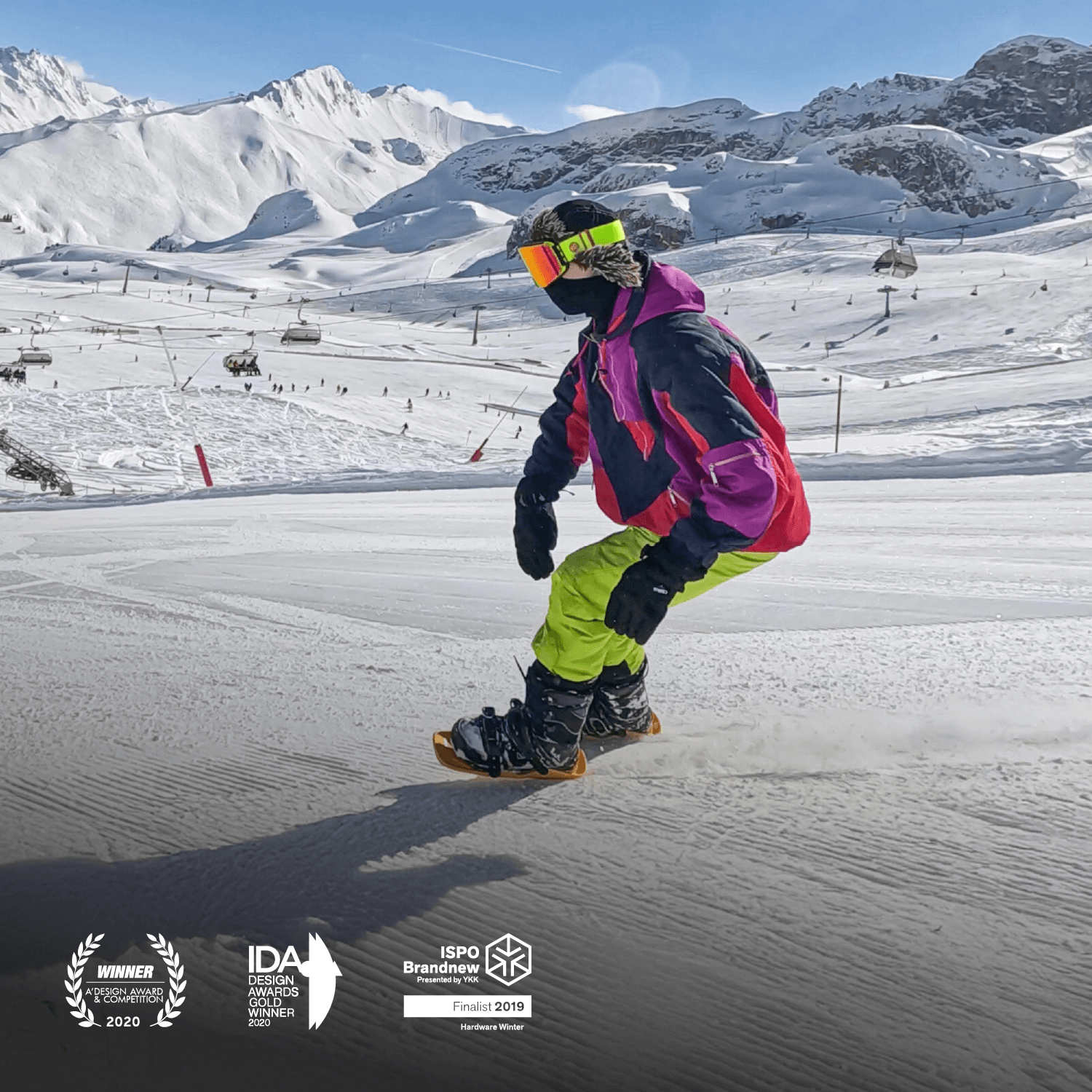
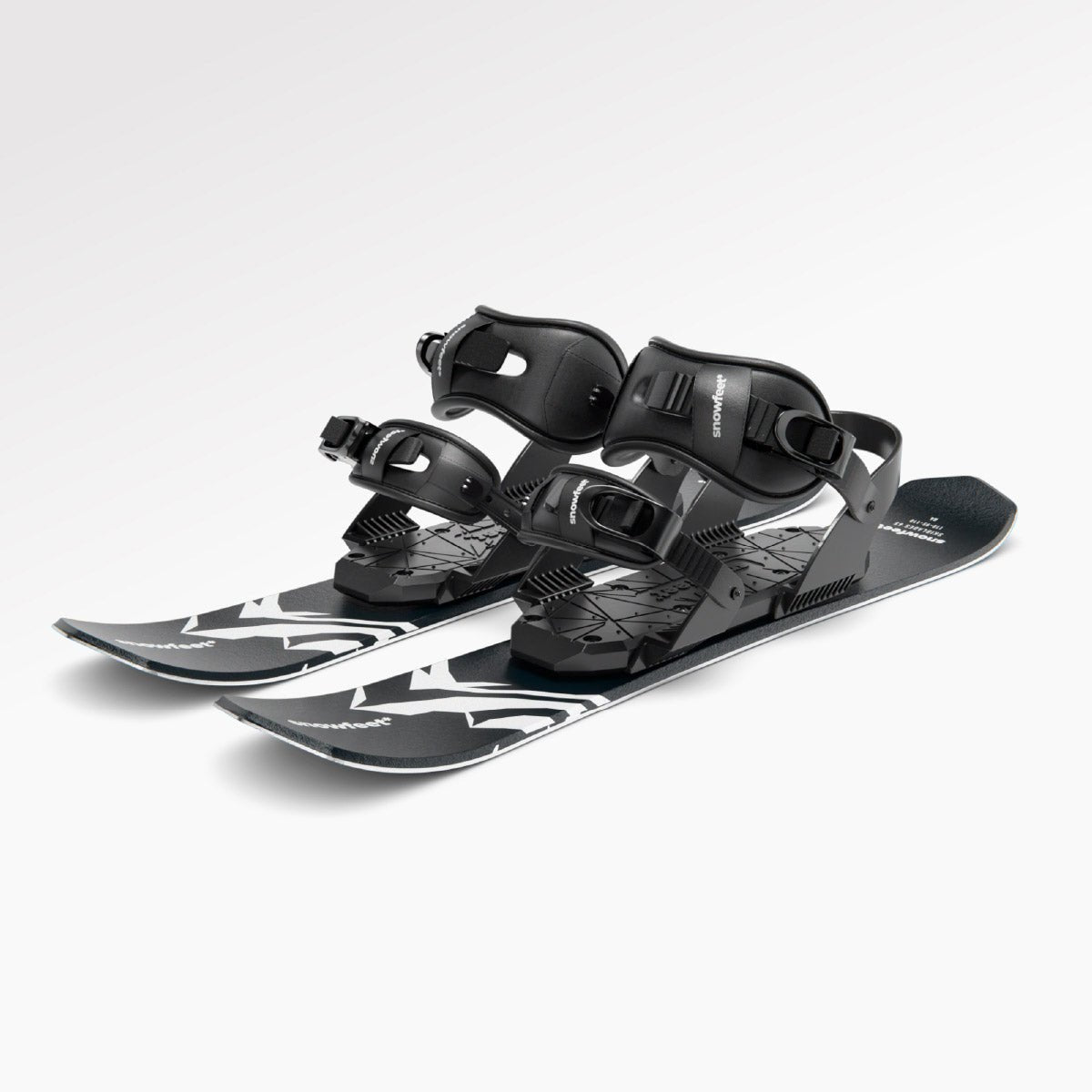
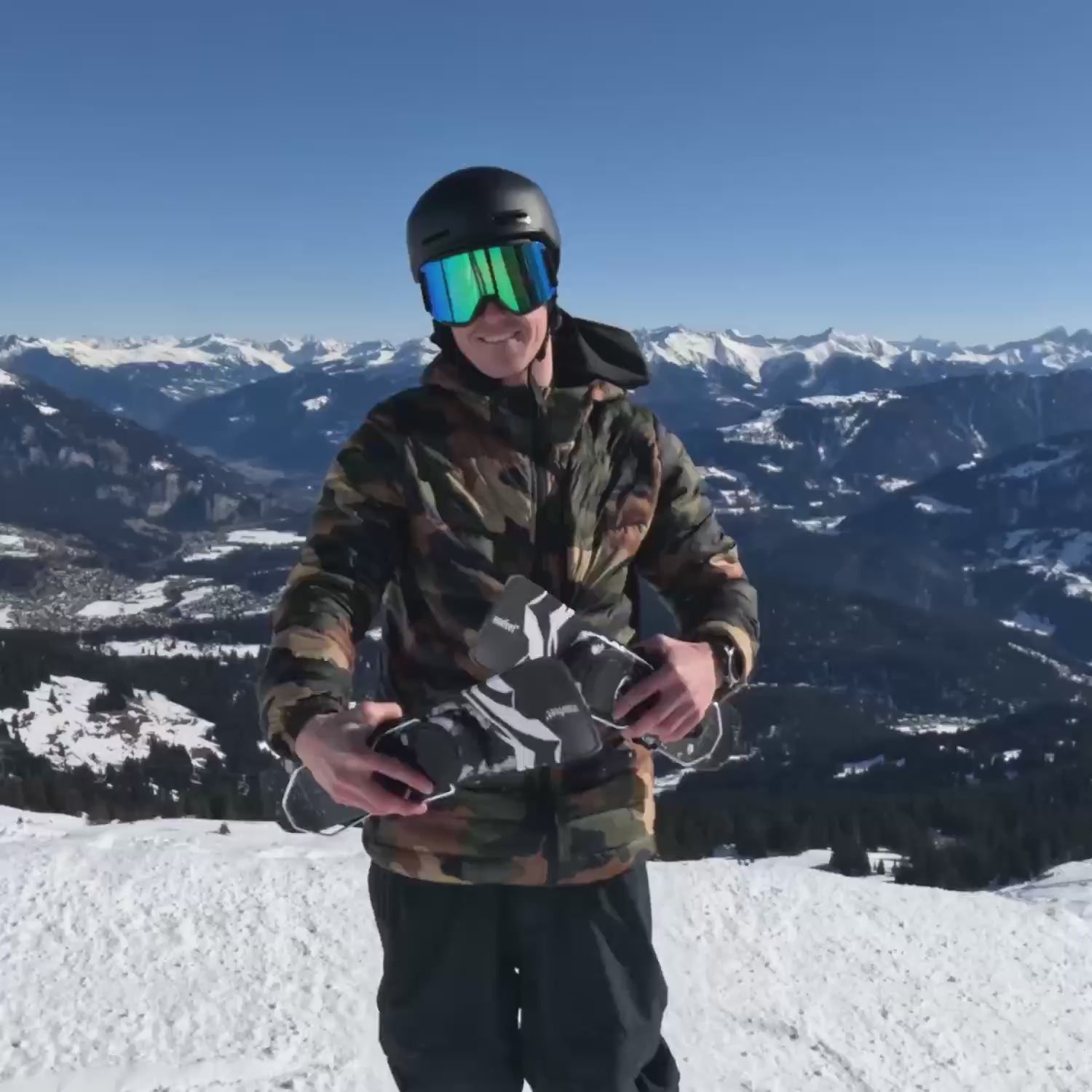
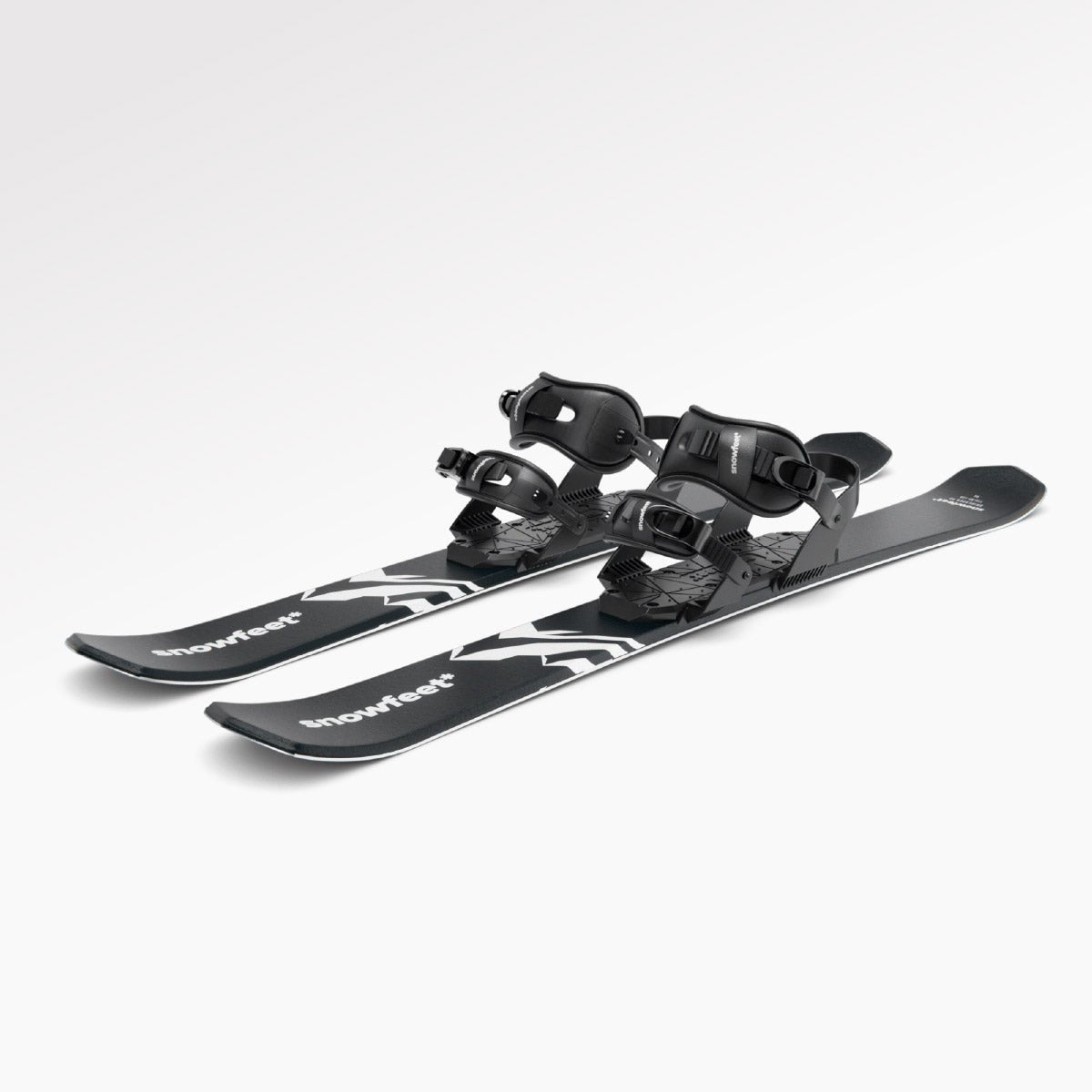
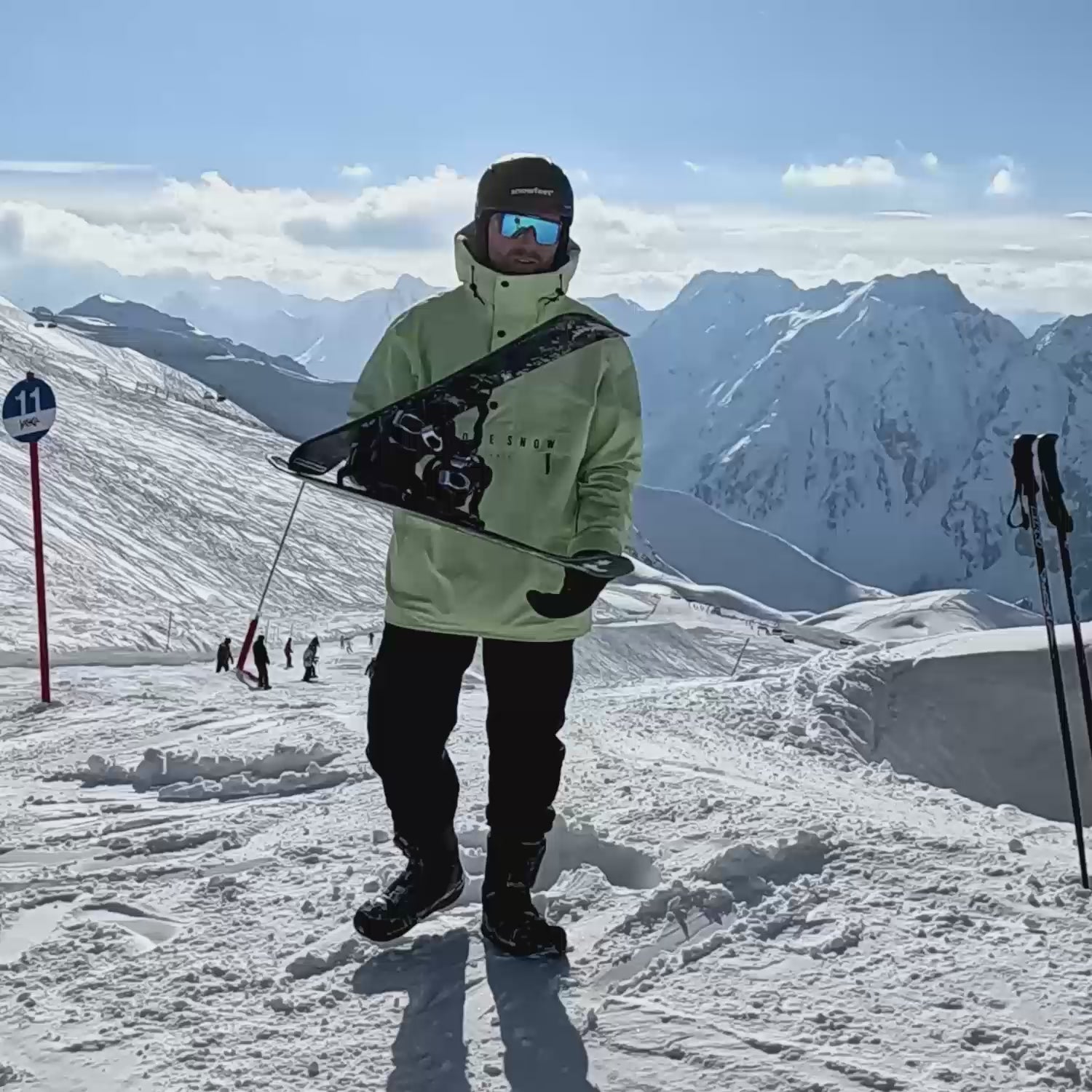
Leave a comment
This site is protected by hCaptcha and the hCaptcha Privacy Policy and Terms of Service apply.